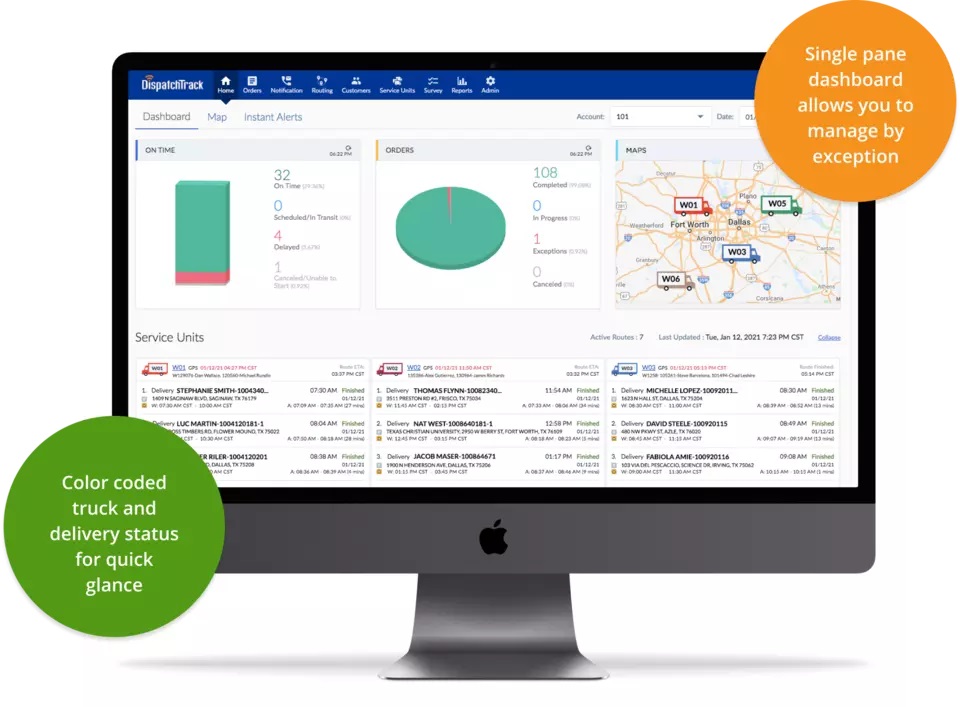Livestock nutrition company Harbro has put a 6×2 rigid drawbar unit with close-coupled three-axle trailer and two new IVECO S-WAY 6×2 mid-lift tractor units into service.
The IVECO S-WAY 6×2 6.7m chassis (AS260S42Y/PS) is fitted with a 7.9m curtain-sided body and is powered by the CURSOR 11 420hp diesel and tows a three-axle curtain sided trailer. The unit is fitted with a VBG coupling which enables the driver to detach the trailer to access the most difficult to reach farms when delivering animal feed across Scotland.
The S-Way drawbar unit will cover around 120,000km annually and despite the size of the combined unit provides an impressive 28t of payload, while a rear-steer third axle further adds to the rigid’s manoeuvrability.
The drawbar unit replaces an IVECO Stralis six-wheel rigid and came about after a meeting between Harbro’s head of logistics Billy McTavish and IVECO dealer AM Phillips’ sales director Tim Hally. The dealer had a three-axle drawbar trailer for sale and after closer analysis of the weights and measures in the IVECO S-WAY brochure a drawbar plan was conceived.
Harbro runs 50 trucks out of its Aberdeenshire headquarters which includes a mixed fleet of tractor units, rigids and 7.2t curtain-siders that deliver animal feed to over 8,000 farms and smallholdings from the north of England to the Scottish islands.
It also owns a network of 21 retail country stores stretching from the Borders to the Shetlands. The trucks make palleted deliveries to the stores and then backload raw materials to feed Harbro’s manufacturing facilities which produce 270,000t of livestock feed each year.
Supplied on a three-year Repair and Maintenance contract, the IVECO S-WAY rigid is fitted with the 2.1m (internally) tall AS sleeper cab which contains every conceivable comfort such as fridge/freezer, leather seats and steering wheel.
“The new S-WAY represents a major step-change for the brand, and drivers love the cabin which is spacious and very comfortable. They are spending five days and four nights in their truck each week so it’s important that they have all the home comforts as well as providing them with a good driving experience,” said McTavish.
“The drawbar unit brings another dimension to the fleet and is very flexible for drivers whilst providing us with an impressive payload,” he added.
Harbro has also specified both 6×2 IVECO S-WAY mid-lift tractor units with the range-topping Cursor 13 570hp diesel which generates maximum power at between 1605 –1900rpm. Fitted with the option of air suspension, they provide drivers with the ultimate companion as they traverse Scotland and northern England.
One truck tows a three axle-bulk blower trailer with electric rear-wheel steer while the other tractor unit, fresh out of the paint shop, will tow a three-axle tipper or curtain-sided trailer. As with all new trucks joining the Harbro fleet, each IVECO S-WAY is specified with leather upholstery, alloy wheels, air horns and LED light bars.
Both IVECO S-WAYs have been supplied on a three-year full Repair and Maintenance contract by AM Phillip Trucktech in Forfar, with each truck covering around 350,000km during that time.
“The tractor units travel the length and breadth of Scotland and the drivers have been impressed at the power and flexibility of the 570hp engine which is returning a very reasonable 7.6mpg. Having that amount of power on tap certainly helps tackle all terrains and with air suspension and the comfort of the IVECO S-WAY cabin drivers are well set for their week-long shift behind the wheel,” said McTavish.
The IVECO fleet doesn’t stop there, with Harbro also running an IVECO Daily 7.2t curtain-sider which makes deliveries to the retail store network, while an IVECO Stralis 18-tonner is based permanently on the Isle of Skye to deliver feed and consumables to farmers across the island.
“The IVECO S-WAY provides the optimal chassis on which operators can design and build bespoke vehicles to carry out very specific missions. The Harbro drawbar unit is one of the first to go into operation in the UK while the 570hp IVECO S-WAYs are perfect to soak up the arduous terrain of Scotland and northern England,” commented Gareth Lumsdaine, IVECO’s Medium & Heavy Business Line Director.






